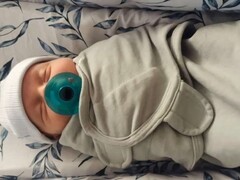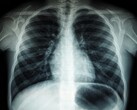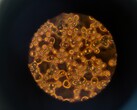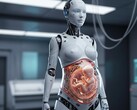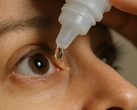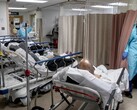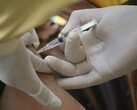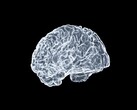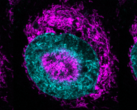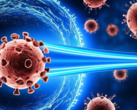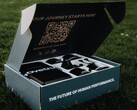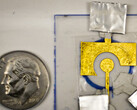An Ohio couple, Lindsey and Tim Pierce, recently welcomed a baby boy who developed from an embryo conceived and stored since 1994, setting a new world record for the longest-frozen embryo to result in a live birth.
The couple, who had struggled with infertility, settled for embryo adoption — receiving the three-decade-old embryo. The embryo donor is Linda Archerd, a now 62-year-old woman who created several embryos via in vitro fertilization in 1994. She initially created four embryos with the intention of using them all, but ended up using one before her divorce. With rising storage fees and her decision not to destroy the embryos, she ended up donating them.
The couple received the three embryos from Archerd — one was lost in thaw and two were successfully transferred to Lindsey's womb, but only one successfully attached. This successful birth reflects the increasing viability of long-term cryopreservation, with an estimated 1.5 million frozen embryos currently in storage across the United States.
The long-term preservation of biology material is also being pursued in a more controversial and speculative field. A startup, Tomorrow Bio, offers cryopreservation to deceased individuals in the hope that future developments in medicine will offer a way to revive them. The process involves cooling a body and replacing all water with a cryoprotective fluid to prevent damage from ice crystals, before storing it at −384.8 °F (−196 °C).
Unlike embryo preservation, human cryonics remains theoretical. Critics, like neuroscientist Professor Clive Coen, have described the concept as “preposterous,” as no one has ever been successfully revived from such a state.
Source(s)
Medical Xpress and BBC




